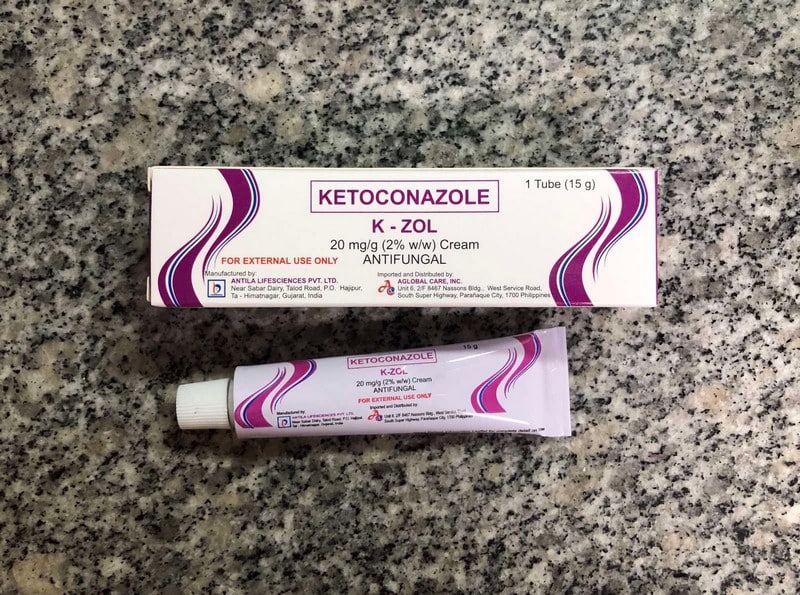Ketoconazole

Ketoconazole is another medication (oral and topical) used to treat various fungal infections. It treats fungal skin illnesses like dandruff, pityriasis versicolor, tinea, cutaneous candidiasis, and seborrheic dermatitis. Other applications include the therapy of Cushing’s syndrome and excessive male-pattern hair growth in women.
Ketoconazole acts against various fungi that can result in human disorders, including chromomycosis, paracoccidioidomycosis, Histoplasma, Coccidioides, and Blastomyces. It was the first azole antifungal that could be taken orally. However, alternative azole antifungal medications have essentially taken the position of ketoconazole as a first-line systemic antifungal drug.
Deep and superficial fungal infections are treated with oral doses of 200 to 400 mg of ketoconazole each day. Redness is a typical adverse effect after application to the skin. When used orally, specific side effects include nausea, headaches, and liver issues. Ketoconazole, an imidazole, inhibits the creation of ergosterol, which is necessary for the membrane of the fungal cell, which slows growth.










